8 Types Of Depression To Learn About

Before we begin to discuss the different types of depression, let us understand what depression is.
According to the American Psychiatric Association (APA), Depression is a negative affective state, ranging from unhappiness and discontent to an extreme feeling of sadness, pessimism, and despondency, that interferes with daily life. Various physical, cognitive, and social changes also tend to co-occur, including altered eating or sleeping habits, lack of energy or motivation, difficulty concentrating or deciding, and withdrawal from social activities. It is symptomatic of several mental health disorders.
According to the World Health Organization, depression is the leading cause of disability worldwide. Over 300 million people of all ages worldwide are diagnosed with depression. And the disorder is becoming more common all over the world. Americans are highly concerned with happiness, yet they are increasingly depressed: around 15 million Americans battle the disorder, and increasing numbers of them are young people.
Depression is a complicated condition that affects multiple body systems, including the immune system, either as a cause or as an effect. It interferes with sleep and appetite, causing weight loss sometimes and leading to weight gain in others. Anxiety is often associated with depression. Research indicates that not only do the two conditions co-occur but that they overlap in vulnerability patterns.
Depression is highly treatable, even in the most serious situations. Since the disorder is frequently cyclical, early treatment may help to prevent or delay recurrence. Many findings suggest that cognitive-behavioral therapy, which discusses problematic thinking patterns with or without the use of antidepressant medications, is the most effective treatment. Furthermore, evidence is rapidly emerging that regular mindfulness meditation, either alone or in combination with cognitive therapy, can prevent depression before it begins by minimizing reactivity to distressing experiences, effectively enabling disengagement of attention from the repeated negative thoughts that often set the downward spiral of mood in motion.
Now that we have understood what depression is, let’s look into the different types of depression.
Disclaimer: This article is meant for educational purposes only. Do not use information in this or any other article to self-diagnose or diagnose other people. If you feel that you or someone close to you may possess some of the characteristics mentioned in this or any other article on our blog and need help then please consult a licensed mental health professional. This article is not a substitute for professional advice, but general guidance.
1. Major Depression (Clinical Depression)
According to APA, in DSM–IV-TR and DSM–5 major depression is a major depressive disorder, a mood disorder characterized by persistent sadness and other symptoms of a major depressive episode but without accompanying episodes of mania or hypomania or mixed episodes of depressive and manic or hypomanic symptoms. It is also called clinical depression.
Clinical depression is characterized by a depressed mood for the majority of the day, particularly in the mornings, as well as a lack of interest in daily activities and relationships — symptoms that last at least two weeks.
According to the DSM-5, a manual used to identify mental health problems, you may also have other symptoms of major depression. These symptoms could include:
- Fatigue or loss of energy almost every day
- Feelings of worthlessness or guilt almost every day
- Impaired concentration, indecisiveness
- Insomnia or hypersomnia (excessive sleeping) almost every day
- Markedly diminished interest or pleasure in almost all activities nearly every day (called anhedonia, this symptom can be indicated by reports from significant others)
- Restlessness or feeling slowed down
- Recurring thoughts of death or suicide
- Significant weight loss or gain (a change of over 5% of body weight in a month)
2. Persistent Depressive Disorder (Dysthymia)
According to APA, In DSM–IV-TR, persistent depressive disorder is a mood disorder characterized by symptoms that are less severe but more enduring than those in major depressive disorder. It is identified as a persistent depressive disorder in DSM–5. It is also called dysthymia.
The symptoms of dysthymia are the same as those of major depression, but fewer and not as intense. They include the following:
- Sadness or depressed mood most of the day or almost every day
- Loss of enjoyment in once pleasurable things
- A major change in weight (gain or loss of more than 5% of weight within a month) or appetite
- Insomnia or excessive sleep almost every day
- Being physically restless or rundown in a way that is noticeable by others
- Fatigue or loss of energy almost every day
- Feelings of hopelessness or worthlessness or excessive guilt almost every day
- Problems with concentration or making decisions almost every day
- Recurring thoughts of death or suicide, a suicide plan, or suicide attempt
3. Bipolar Disorder (Mania)
According to APA, any group of mood disorders in which symptoms of mania and depression alternate is Bipolar Disorder. In DSM–IV-TR and DSM–5, the group includes primarily the following subtypes: bipolar I disorder, in which the individual fluctuates between episodes of mania or hypomania and major depressive episodes or experiences a mix of these: bipolar II disorder, in which the individual fluctuates between major depressive and hypomanic episodes; and cyclothymic disorder. The former official name for bipolar disorders, manic-depressive illness, is still infrequent use.
The dramatic periods of high and low moods in bipolar disorder do not follow a predictable pattern. A person may experience the same mood state (depressed or manic) multiple times before shifting to the opposite mood. These episodes may occur over weeks, months, or even years.
How severe it gets differs from person to person and can also change over time, becoming more or less severe.
Symptoms of mania (“the highs”):
- Excessive happiness, hopefulness, and excitement
- Sudden changes from being joyful to being irritable, angry, and hostile
- Restlessness
- Rapid speech and poor concentration
- Increased energy and less need for sleep
- Unusually high sex drive
- Making grand and unrealistic plans
- Showing poor judgment
- Drug and alcohol abuse
- Becoming more impulsive
- Less need for sleep
- Less of an appetite
- A larger sense of self-confidence and well-being
- Being easily distracted
During depressive periods (“the lows”), a person with bipolar disorder may have:
- Sadness
- Loss of energy
- Feelings of hopelessness or worthlessness
- Not enjoying things they once liked
- Trouble concentrating
- Forgetfulness
- Talking slowly
- Less of a sex drive
- Inability to feel pleasure
- Uncontrollable crying
- Trouble making decisions
- Irritability
- Needing more sleep
- Insomnia
- Appetite changes that make you lose or gain weight
- Thoughts of death or suicide
- Attempting suicide
4. Seasonal Affective Disorder (SAD)
According to APA, seasonal affective disorder (SAD) is a mood disorder in which there is a predictable occurrence of major depressive episodes, manic episodes, or both at particular times of the year. The typical pattern is the occurrence of major depressive episodes during the fall or winter months. It is also called a seasonal mood disorder.
People with SAD typically sleep much more than usual and crave carbohydrates. They also have many of the normal warning signs of depression, including:
- Feeling sad, cranky, or hopeless
- Less energy
- Trouble concentrating
- Fatigue
- Greater appetite
- More desire to be alone
- Thoughts of suicide
- Weight gain
5. Postpartum Depression
According to APA, postpartum depression is a major depressive episode or, less commonly, minor depressive disorder that affects some women within 4 weeks to 6 months after childbirth. Compare baby blues.
According to Mayo Clinic, Postpartum depression signs and symptoms may include:
- Depressed mood or severe mood swings
- Excessive crying
- Difficulty bonding with your baby
- Withdrawing from family and friends
- Loss of appetite or eating much more than usual
- Inability to sleep (insomnia) or sleeping too much
- Overwhelming fatigue or loss of energy
- Reduced interest and pleasure in activities you used to enjoy
- Intense irritability and anger
- Fear that you’re not a good mother
- Hopelessness
- Feelings of worthlessness, shame, guilt, or inadequacy
- Diminished ability to think clearly, concentrate or make decisions
- Restlessness
- Severe anxiety and panic attacks
- Thoughts of harming yourself or your baby
- Recurrent thoughts of death or suicide
6. Premenstrual Dysphoric Disorder (PMDD)
According to APA, premenstrual dysphoric disorder is a mood disorder in women that begins in the week before the onset of menstruation and subsides within the first few days of menstruation. Women experience mood swings, including markedly depressed mood, anxiety, feelings of helplessness, and decreased interest in activities. In contrast to premenstrual syndrome, the symptoms must be severe enough to impair functioning in social activities, work, and relationships. Only a small percentage of women with premenstrual syndrome meet the criteria for this disorder. Also called late luteal phase dysphoric disorder.
Symptoms of PMDD include:
- Lasting irritability or anger that may affect other people
- Feelings of sadness or despair, or even thoughts of suicide
- Feelings of tension or anxiety
- Panic attacks
- Mood swings or crying often
- Lack of interest in daily activities and relationships
- Trouble thinking or focusing
- Tiredness or low energy
- Food cravings or binge eating
- Trouble sleeping
- Feeling out of control
- Physical symptoms, such as cramps, bloating, breast tenderness, headaches, and joint or muscle pain
7. Atypical Depression
According to APA, Atypical depression is a major depressive episode or, less commonly, dysthymic disorder characterized by atypical features.
Atypical depression can be a “specifier” for either major depression or dysthymic disorder. People who suffer from atypical depression often first encountered depression while they were in their adolescent years.
A person with classic major depression has at least five of the following nine symptoms:
- Sadness or depressed mood most of the day or almost every day
- Loss of enjoyment in once pleasurable things
- A major change in weight (gain or loss of over 5% of weight within a month) or appetite
- Insomnia or excessive sleep almost every day
- A state of physical restlessness or being rundown that is noticeable by others
- Fatigue or loss of energy almost every day
- Feelings of hopelessness or worthlessness or excessive guilt almost every day
- Problems with concentration or making decisions almost every day
- Recurring thoughts of death or suicide, a suicide plan, or suicide attempt
8. Psychotic Depression
According to APA, Psychotic depression is a subtype of major depression that occurs when a severe depressive illness includes a form of psychosis. The psychosis could be hallucinations (such as hearing a voice telling you that you are no good or worthless), delusions (such as intense feelings of worthlessness, failure, or having sinned), or some other break with reality. Psychotic depression affects roughly one out of every four people admitted to the hospital for depression.
Common symptoms for patients who have psychotic depression include:
- Agitation
- Anxiety
- Constipation
- Hypochondria
- Insomnia
- Intellectual impairment
- Physical immobility
- Delusions or hallucinations
References
*Definitions of the various types of depression
APA Dictionary of Psychology. Retrieved May 06, 2021, from
*List of types of depression along with their symptoms
Jennifer Casarella (October 26, 2020). Types of Depression. Retrieved May 06, 2021, from
https://www.webmd.com/depression/guide/depression-types
Mayo Clinic. Postpartum depression. Retrieved May 06, 2021, from
https://www.mayoclinic.org/diseases-conditions/postpartum-depression/symptoms-causes/syc-20376617
U.S. Department of Health & Human Services. Premenstrual dysphoric disorder (PMDD). Retrieved May 06, 2021, from https://www.womenshealth.gov/menstrual-cycle/premenstrual-syndrome/premenstrual-dysphoric-disorder-pmdd

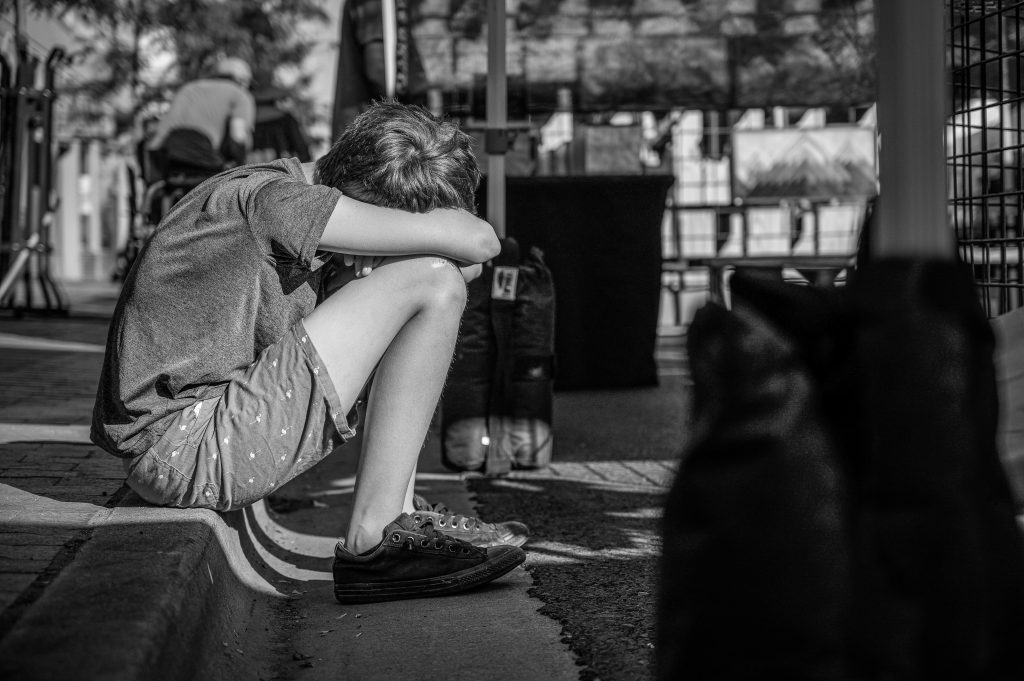
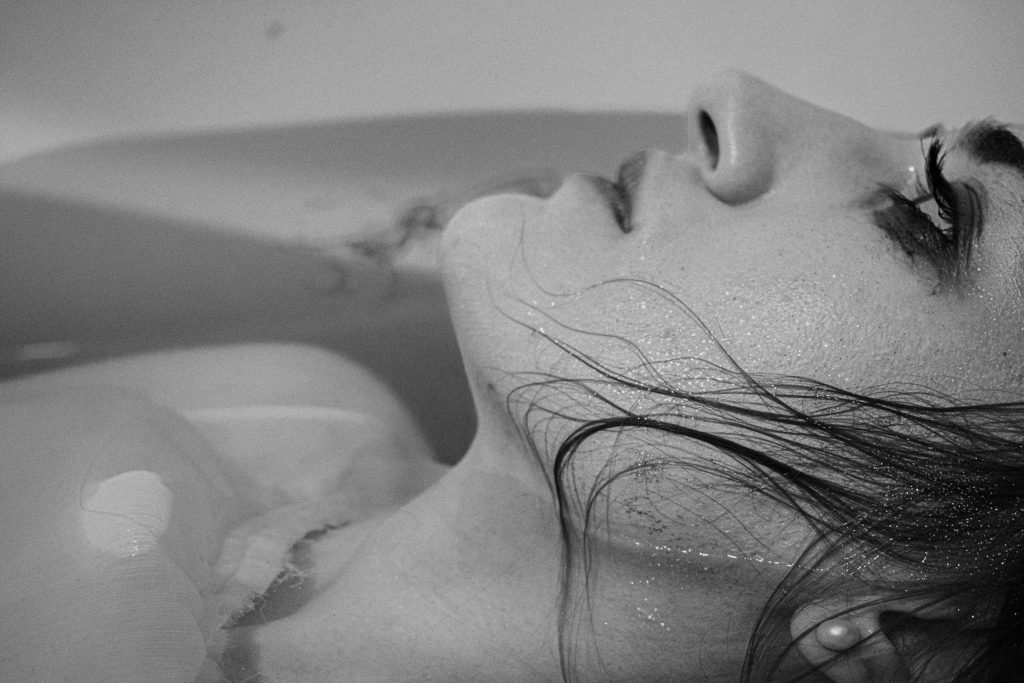

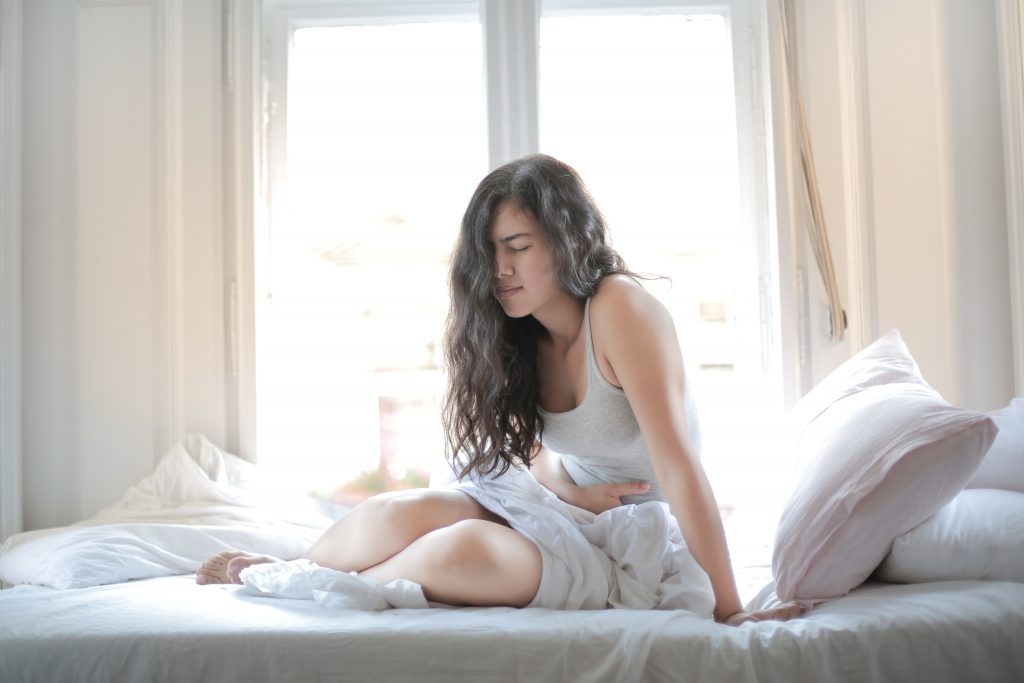
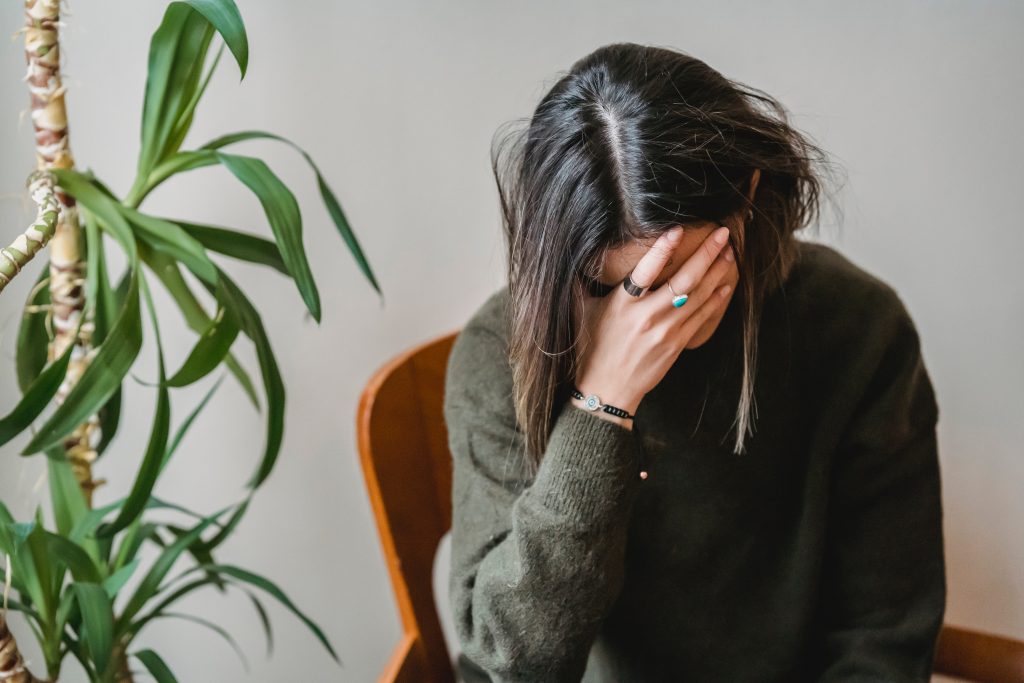

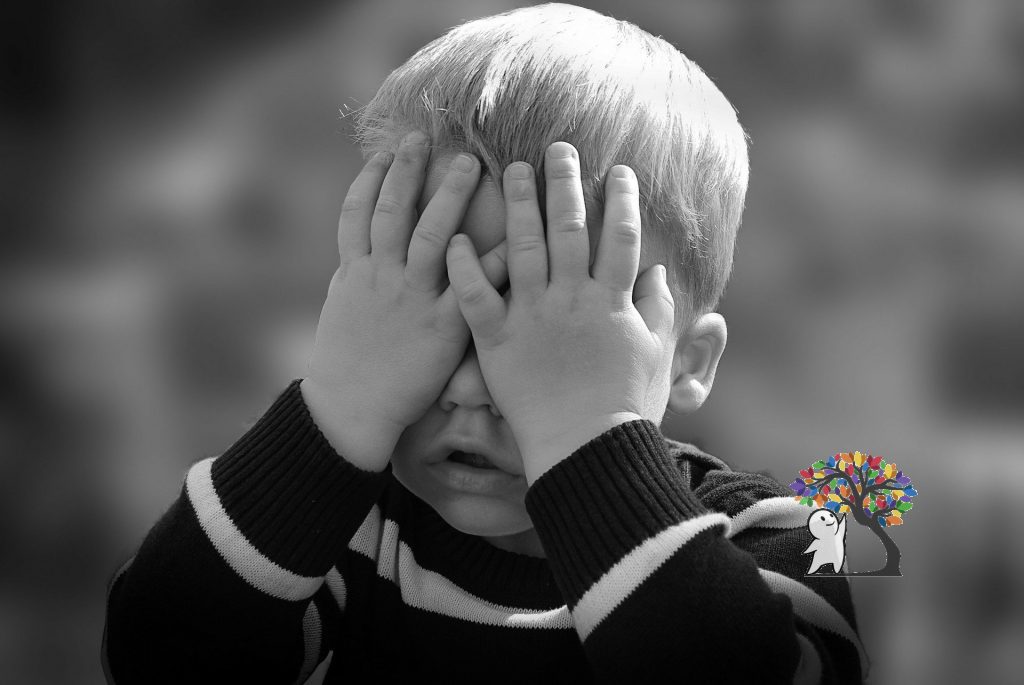
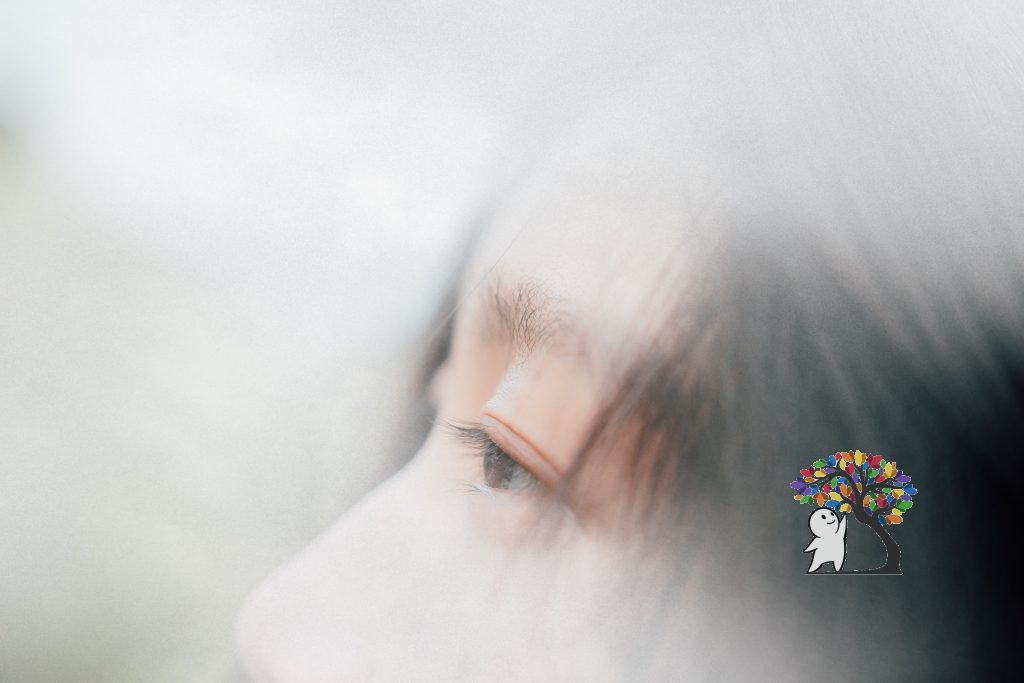
Responses